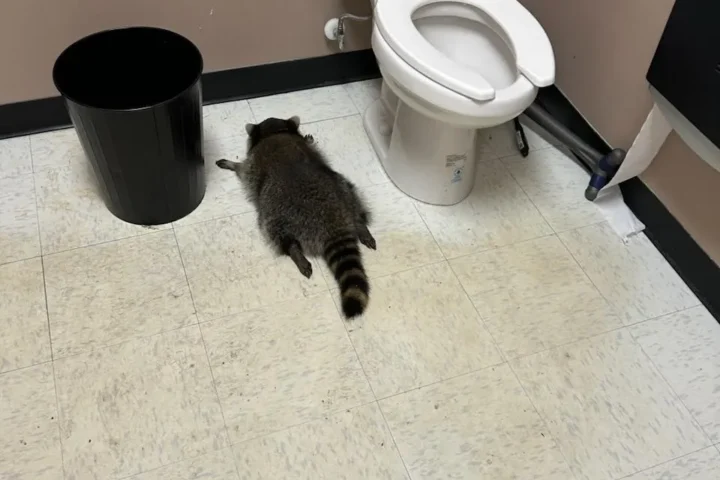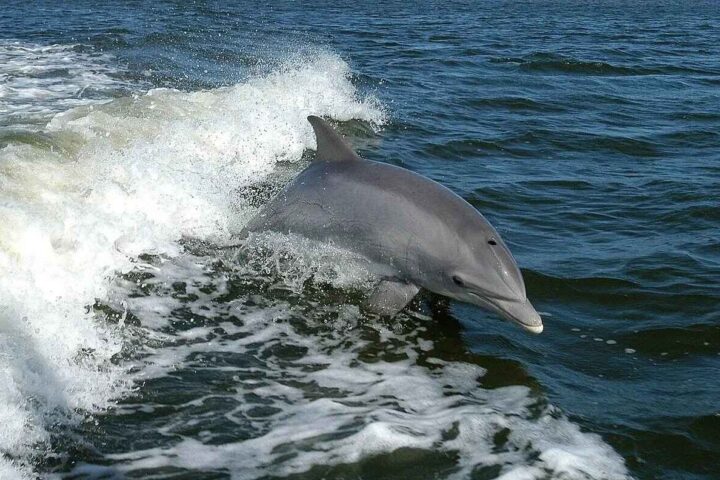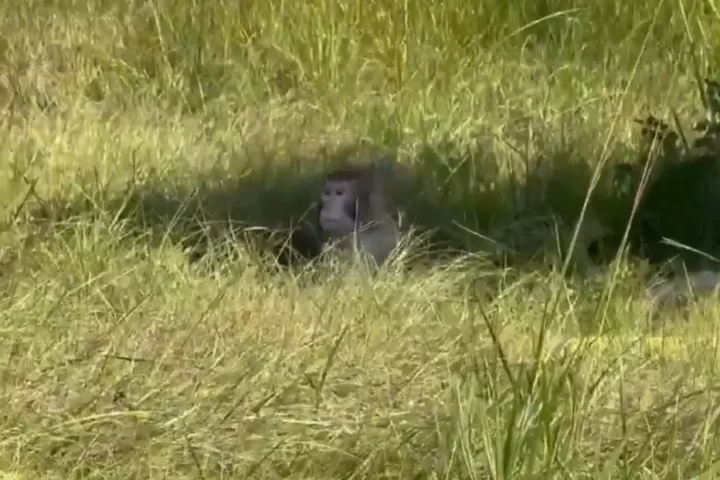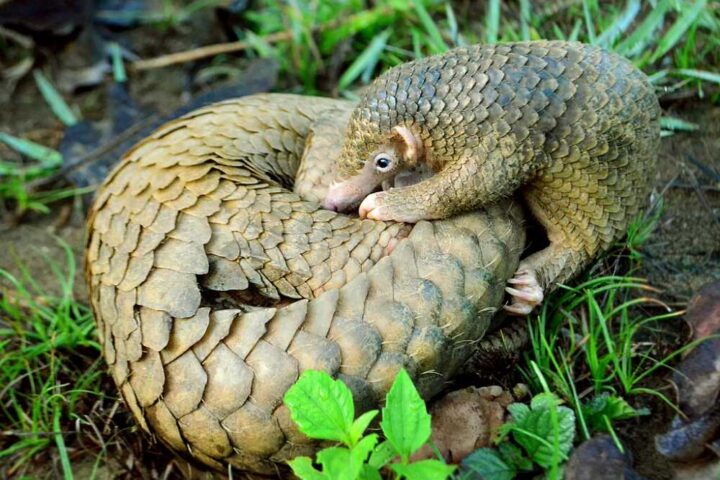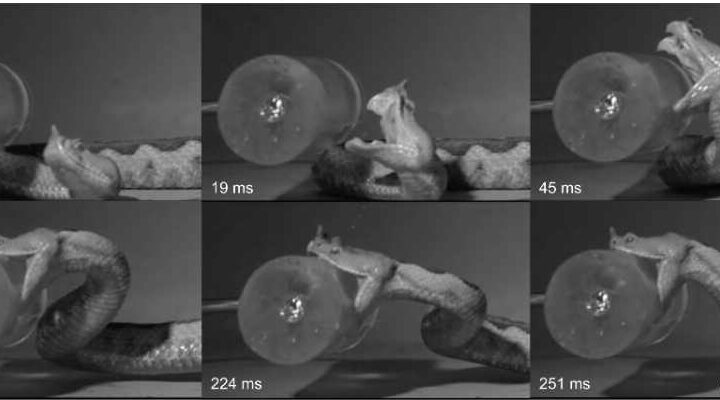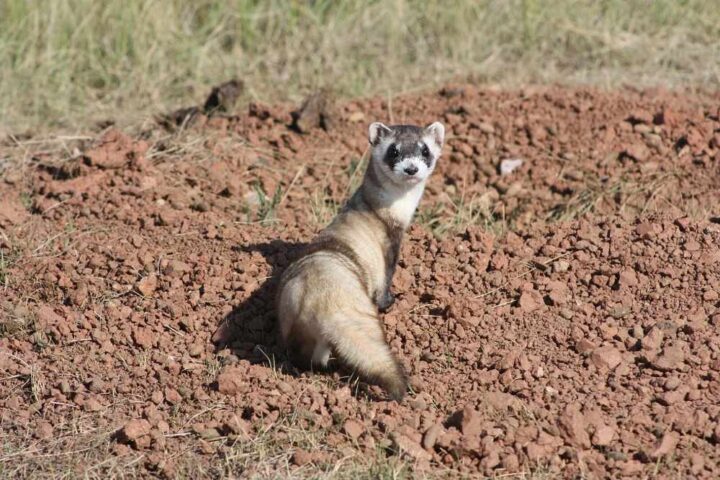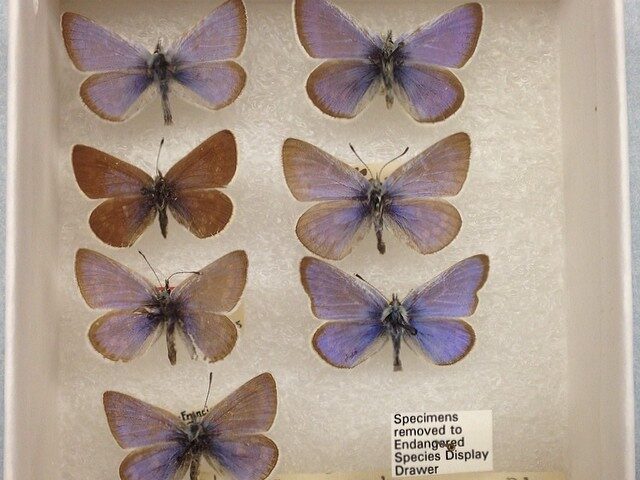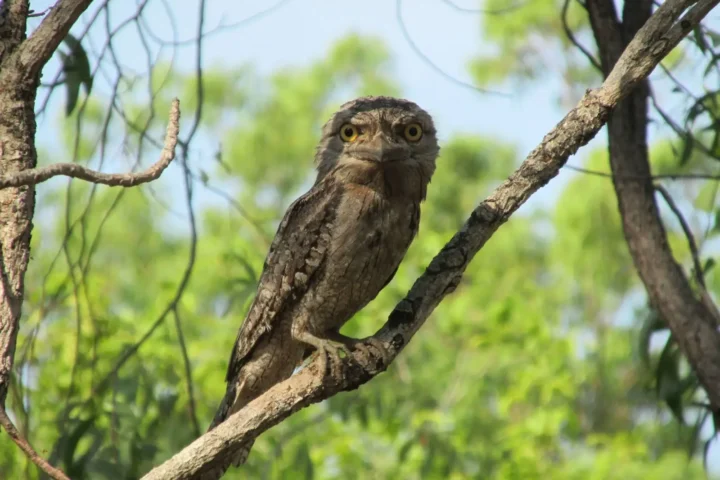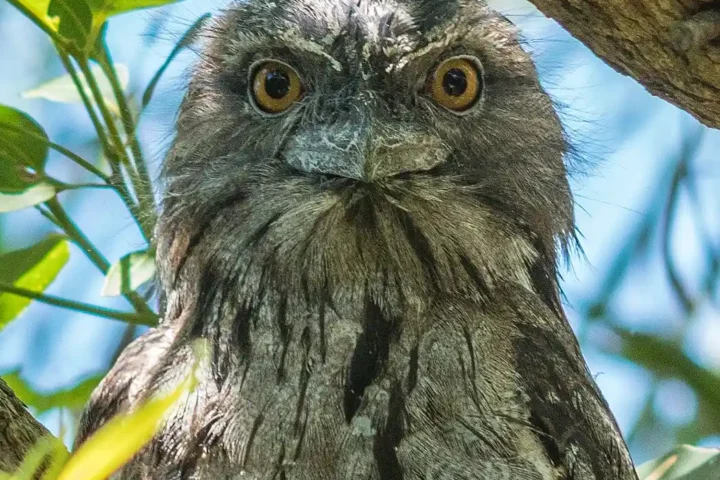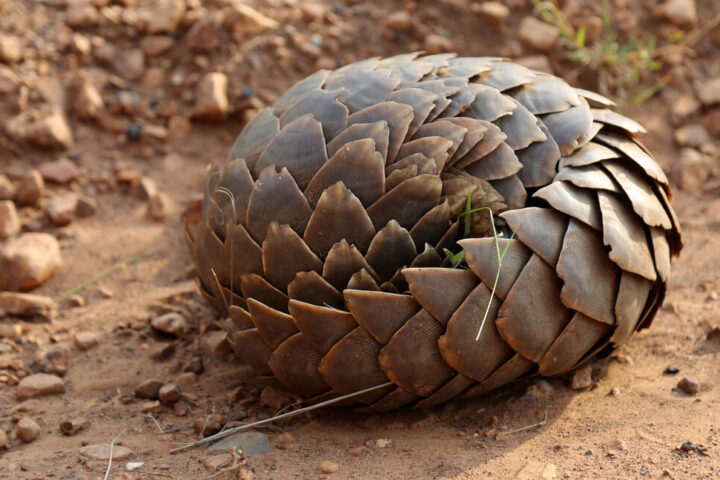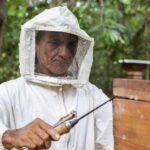The Environmental Protection Agency (EPA) has recently introduced a series of proposed regulations intended to provide enhanced protection for 27 species that are particularly at risk from the use of pesticides. These measures aim to reduce the use of pesticides in specific regions to ensure the preservation and well-being of these endangered species. The EPA’s announcement coincided with National Pollinator Week, emphasizing the significance of pollinator well-being and its influence on biodiversity, ecosystems, worldwide food production, and human health. By implementing these regulations, the EPA aims to underscore the importance of safeguarding pollinators and raise awareness about their critical role in maintaining the balance of our natural world.
The pilot project’s proposed revisions would include modifying agricultural practices and adopting conservation measures to prevent soil moisture and runoff. To mitigate potential impacts, buffer zones would be designated around sensitive habitats. Additionally, pesticide applications would be restricted in cases of anticipated rainfall within 48 hours.
The EPA‘s draft white paper identifies 27 at-risk species, including endangered birds, plants, and invertebrates, in the Corn Belt region across 14 states. Pesticides such as glyphosate, 2,4-D, and atrazine are among the substances posing risks to these species.
Public comments on the pilot project are being accepted by the EPA until August. Following the comment period, the agency will review the feedback and likely take several months to implement the project.
The specific details of the pilot program are still uncertain, but the EPA aims to protect these endangered species and address pollinator health through customized mitigations based on their geographic distribution. To facilitate public understanding and engagement, the EPA will provide maps to enable easy access and visualization of crucial information.
Similar Post
Among the species that stand to benefit from the proposed protections are the Wyoming toad, an exceptionally rare two-inch toad species predominantly found in the Rocky Mountains. Unfortunately, this toad has been threatened with extinction due to various anthropogenic factors. Another species on the list is the Attwater’s greater prairie chicken, the sole bird species included. The prairie chicken has been classified as imperiled primarily due to the effects of neonicotinoid insecticides, which have been linked to honeybee colony collapse and potential risks to the global food supply.
The proposed regulations have received endorsement from environmental organizations like the Center for Biological Diversity, which highlight the heightened vulnerability of amphibians to the impacts of pesticides due to their permeable skin and exposure in both aquatic and terrestrial habitats. Agricultural groups, including the American Soybean Association and the Ag Retailers Association, are currently evaluating the specifics of the pilot project. They emphasize the significance of ensuring that producers can continue to operate efficiently and sustainably in light of any proposed modifications.
The ultimate objective of the pilot project is to ensure that the Environmental Protection Agency (EPA) aligns with the regulations stipulated in the Endangered Species Act and implements revised limitations on pesticide usage in the majority of states in the future. To achieve this, the EPA has actively encouraged public participation, inviting input and feedback to ensure that the proposed practices are both effective and inclusive.



